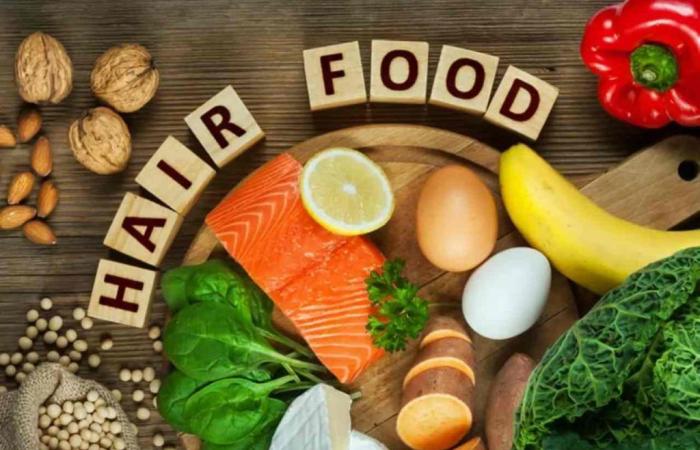Hair constitutes a truly natural and useful residue of human evolution, a form of “thermoregulator” of the temperature of the head but also a form of protection of the probably most important area of the organism, but it has always also defined “who we are” , the total or partial absence of hair constitutes one of the biggest overallsthe in social spheres. But hair loss and loss is also something that can be limited by lifestyle, and food also has its effect: what to eat to make hair grow?
There is no “magic formula” that can make hair grow like “magic” but it is undoubtedly true that regardless of the conditions, hair growth can be encouraged by some habits.
Even food, being something closely linked to the state of health.
Do you know what to eat to grow hair? Try these absolutely miraculous foods
But why does hair tend to fall out, especially from adulthood? There are so many reasons, regardless of genetic ones, up to those linked to eating habits but also to lifestyle.
For example, a constant temperature change, too frequent or too frequent washing, as well as the excessive use of a hairdryer and straightener, tends to develop a structural weakness in the hair bulbs, extremely compromising the structure of the scalp too.
A genetic predisposition is among the main causes but also a lack of certain elements in the diet, such as proteins and various mineral salts, can encourage hair loss and lack of regrowth. This process in small doses is natural, as all hair tends to fall out.
In particular, some mineral salts such as magnesium, selenium and zinc are considered very useful for making them robust: foods such as eggs have a strengthening capacity, but also products of animal origin such as salmon, tuna as well as liver, all foods that are abundant in biotin, also called vitamin B8, which directly influences the skin system and also the production of keratin.
Also important is the intake of green leafy vegetables such as lettuce, broccoli but also spinach, very rich in mineral salts and vitamins which also have a “protective” capacity for sections of the organism such as the hair bulb, although it is always better to adopt a not too invasive form of cooking, preferring steamed rather than fried or boiled, so as to preserve the nutrients as much as possible.
KEEP READING Unsubscribe from updates
Tags: eat hair grow weekly menu





